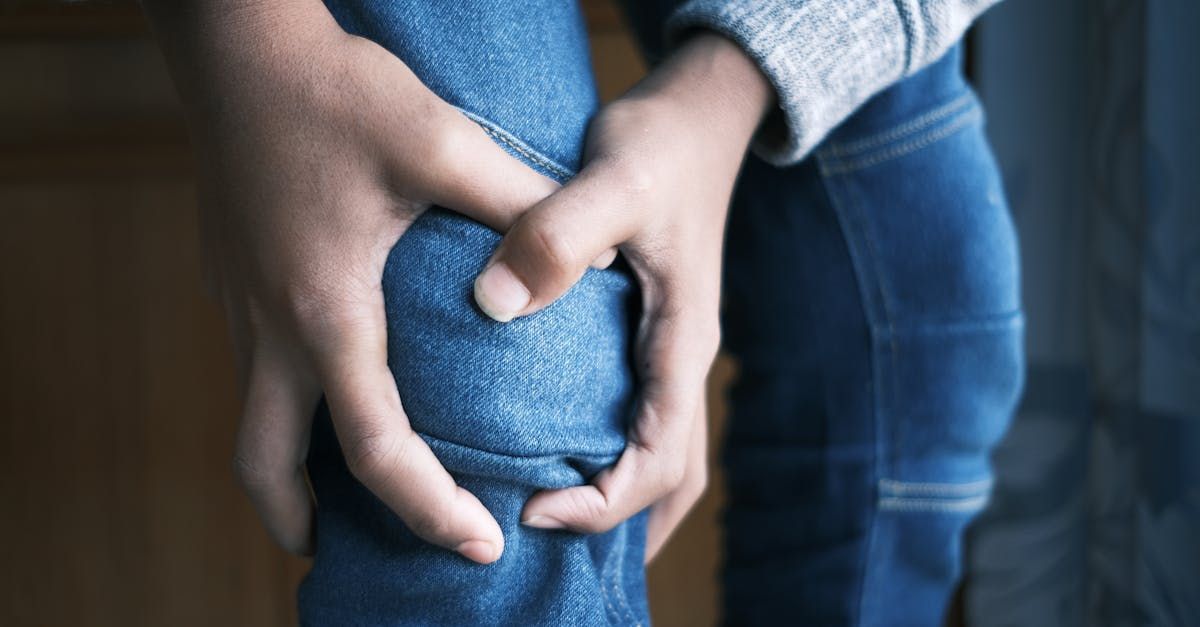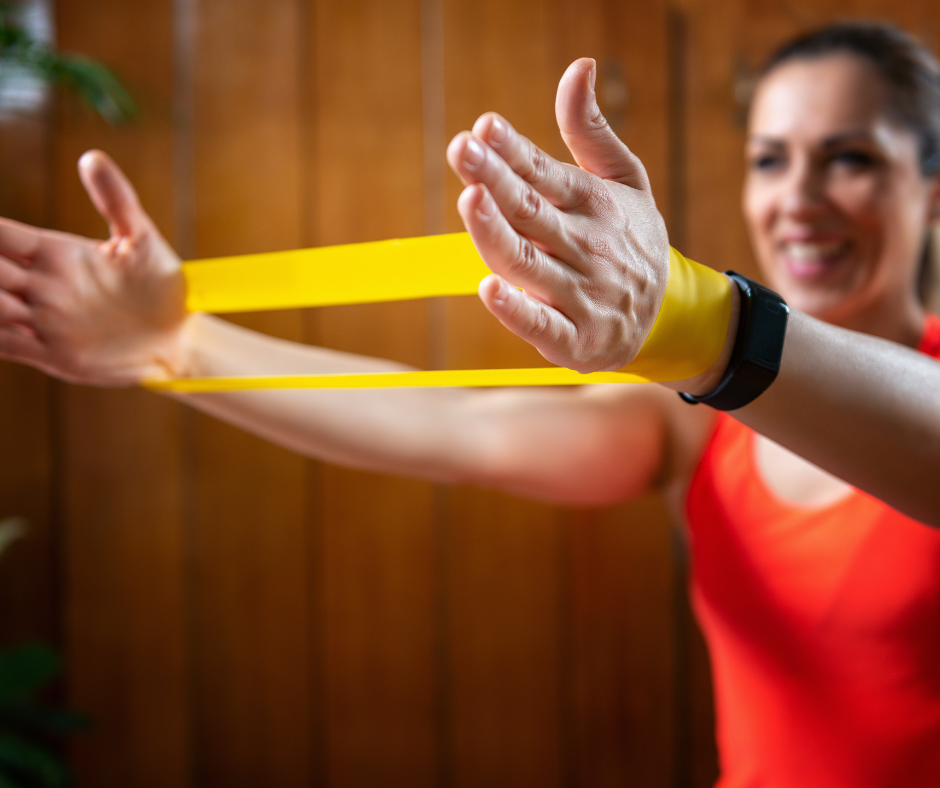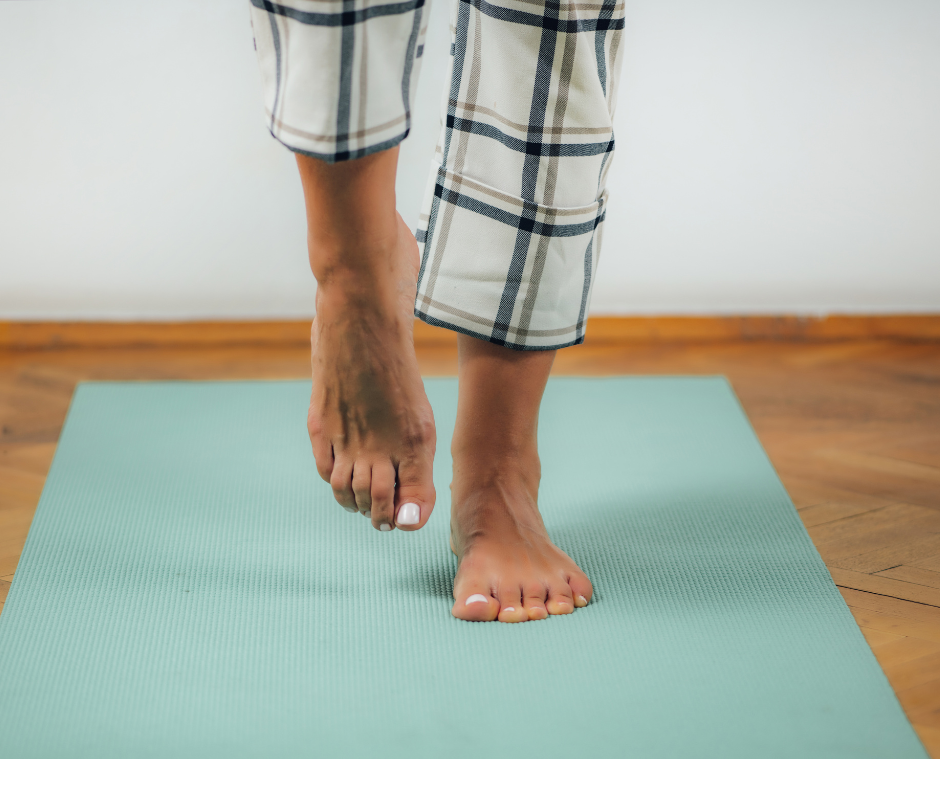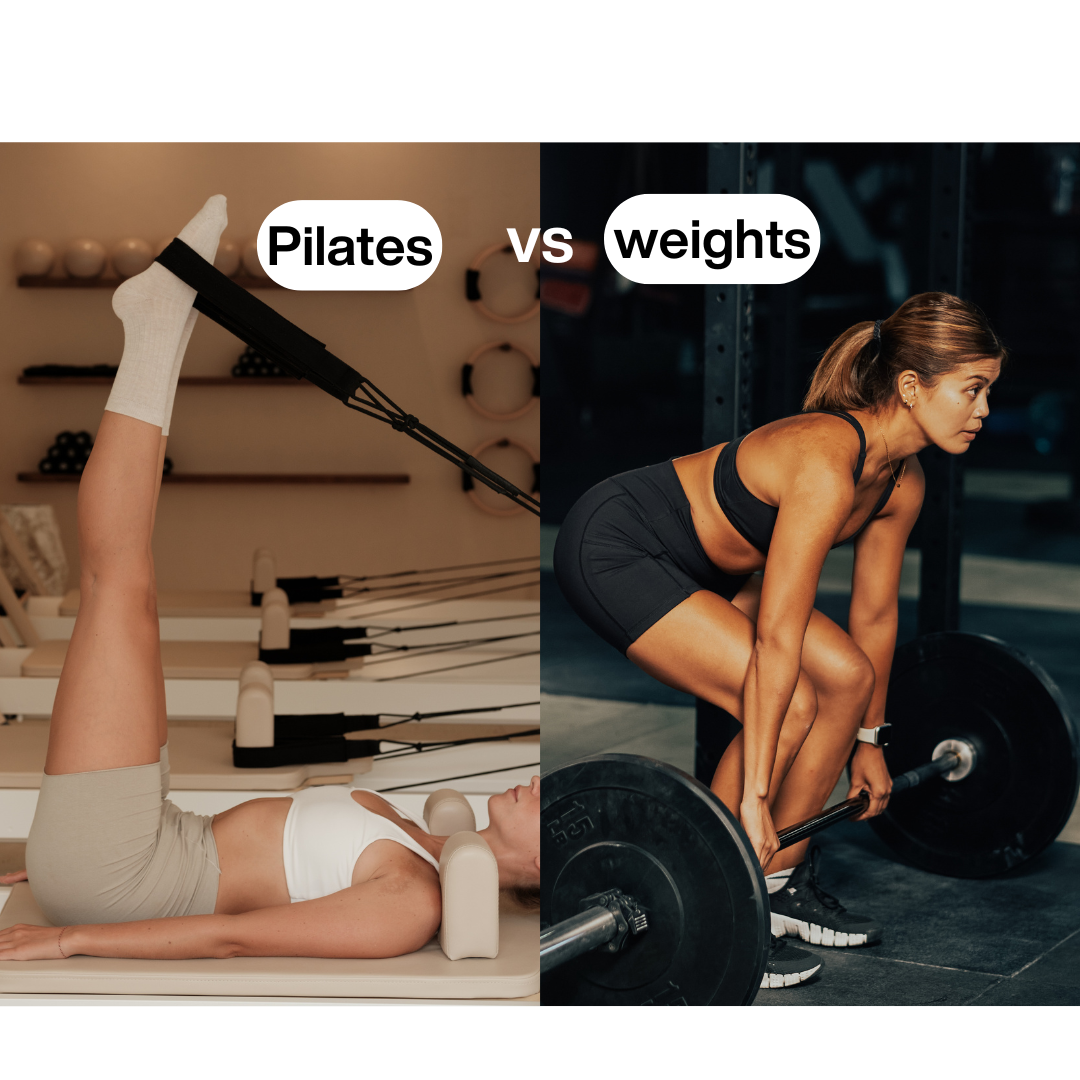Get Fit for the Slopes
Snow sports are a great winter activity but it's important to prepare your body to avoid injury.
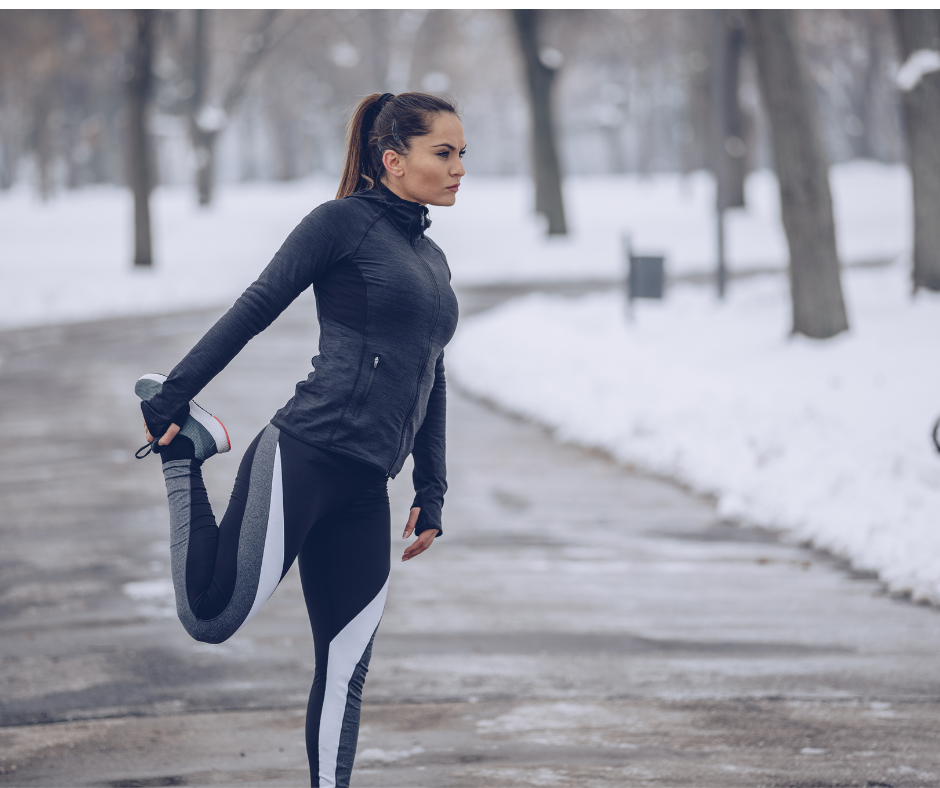
Winter is on its way—and that means gearing up for a trip to the snow to ski, snowboard, or toboggan. But while hitting the slopes can be exhilarating, snow sports also come with a higher risk of injury—especially if your body isn’t well prepared for the unique demands of the snow. We often see soft tissue injuries and falls during the snow season. The good news? With the right preparation, most of these injuries are preventable.
Why Pre-Season Conditioning Matters
Snow sports demand a combination of:
- Lower limb strength (for control and stability)
- Core strength (for balance and alignment)
- Cardiovascular fitness (for endurance)
- Flexibility and joint mobility (to prevent strain and improve technique)
- Body control (to keep you moving and balanced on unstable ground)
Without proper conditioning, you’re more likely to experience:
- Knee injuries like ACL tears (especially in skiing)
- Wrist and shoulder injuries from falls (common in snowboarding)
- Muscle strains due to fatigue or poor warm-up
- Lower back pain from poor posture or technique
How Long Should You Train Before the Snow Trip?
Try to start getting snow-fit about 6-8 weeks before your trip-it gives your body time to build strength and help prevent injuries.
Pre-Snow Training Plan
Developed by Snow Australia, SnowReady has been designed to deliver a fun and interactive ski and snowboard fitness program aimed at people of all ages and abilities. Hosted by 3 x Olympian Sami Kennedy-Sim, SnowReady contains 8 episodes and features other Australian Winter Olympians and Institute Program staff who provide helpful tips to help you get the most out of your next Snow Trip. 8 episodes were developed with beginner, intermediate and advanced levels of the exercises. Sami will show you how to safely do the exercises which you can complete in your own time. Each week's episode is accompanied by a PDF of the workout and exercises to help you in your session planning. Snow Ready videos and PDF links are all located on this page: https://www.snow.org.au/snowready/
SnowReady Movement Toolkit
The SnowReady Movement Toolkit is a collection of exercises for participants to use to improve their: Activation, Mobility, Flexibility and Recovery. Each element can be done with minimal equipment and variations are used by our National Team athletes as they compete around the globe. Sessions have been completed in bedrooms, hotel hallways, day lodges and even the ski tube platform!
Download the Snow Ready Movement Toolkit HERE
Once you're at the snow, don't forget:
Before hitting the slopes:
- Do a 5-10 minute warm-up (e.g., leg swings, squats, lunges, light cardio)
- Focus on activating glutes and core
After a day on the slopes:
- Stretch major muscle groups
- Hydrate and refuel
- Use foam rollers or massage to reduce muscle soreness
Injury Prevention Tips
- Get fitted properly for boots, bindings, and gear
- Take a lesson if you're a beginner or returning after a long break
- Build rest time into your trip
- Know your limits - don’t push through pain or fatigue
- Always wear a helmet
When to See a Physio
A physio can assess your movement patterns, identify any imbalances or weaknesses, and prescribe a tailored program based on your sport (skiing vs snowboarding vs cross-country skiing). If you’ve had a previous injury, especially a knee or back issue, pre-season rehab is essential before returning to snow sports.
Ready to Hit the Slopes Safely?
Book a snow-sport readiness assessment with one of our physios. We’ll make sure your body is snow-fit and slope-ready.
The
SnowSafe website provides guidance for safely enjoying the alpine environment. There are some great resources on planning, slope safety, safety checklists, and essentials for first timers.

